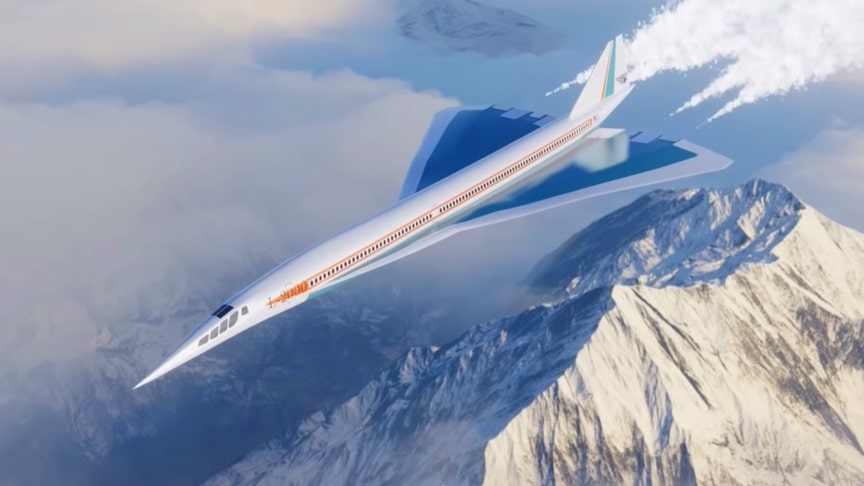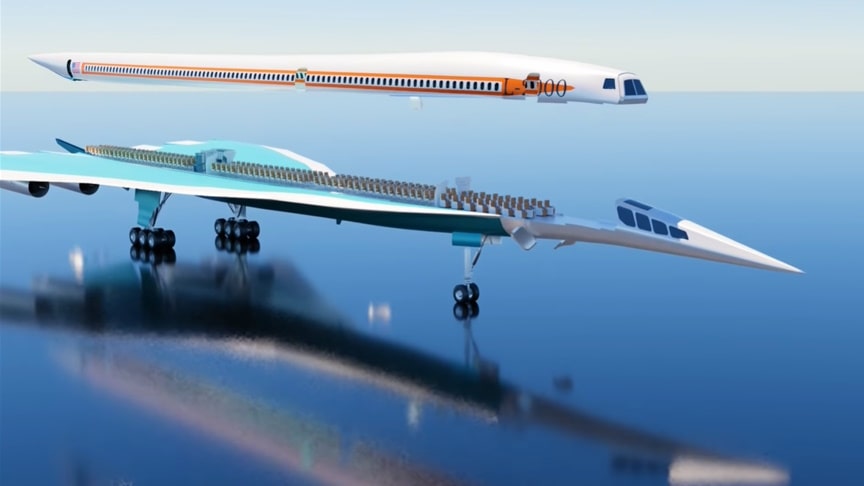The Lockheed L-2000 was Lockheed Corporation’s entry in a government-funded competition to build the United States’ first supersonic airliner in the 1960s. It was cheaper and easier to build and had it been put into production, its possible it would have made it to the market and still be flying today. Let’s explore the could have been world of the L-2000.
source/image: Found And Explained
Lockheed had been working on a SST design since 1958, before the contest, with a creation that could fly-cruise speeds of around 2,000 miles per hour (3,200 km/h) with takeoff and landing speeds just like a normal plane as to avoid the noise landing problem.
source/image: Found And Explained
A delta wing was substituted which alleviated a portion of the movement, but it was not deemed sufficient. Lockheed knew a variable geometry, swing-wing design could accomplish this goal, but felt it was too heavy: they preferred a fixed-wing solution. In a worst-case scenario, they were willing to design a fixed-wing aircraft using fuel for ballast.
Advertisement
The plane would also try to tackle the problem of sonic booms. The L-2000-1 would break the barrier at 42,000 feet (12,800 m) altitude, rather than 30,000 feet (9,144 meters), making the effect less noticeable on the ground. The plane would then climb to a shockingly high cruising altitude of 76,500 ft (23,317 m) at Mach 3.0 for the journey. This would make it perfect for a domestic route of New York to Miami over the ocean, or competing against the Concorde to Europe.
The first was the L-2000-7A. It was longer than the initial designs and could carry up to 230 passengers. Lockheed also had a bigger version called the L-2000-7B that could be used domestically over land, can carry up to 273 domestic passengers and plenty of cargo at nearly 300 feet long. With the hard work done, Lockheed sat back and crossed their fingers.












